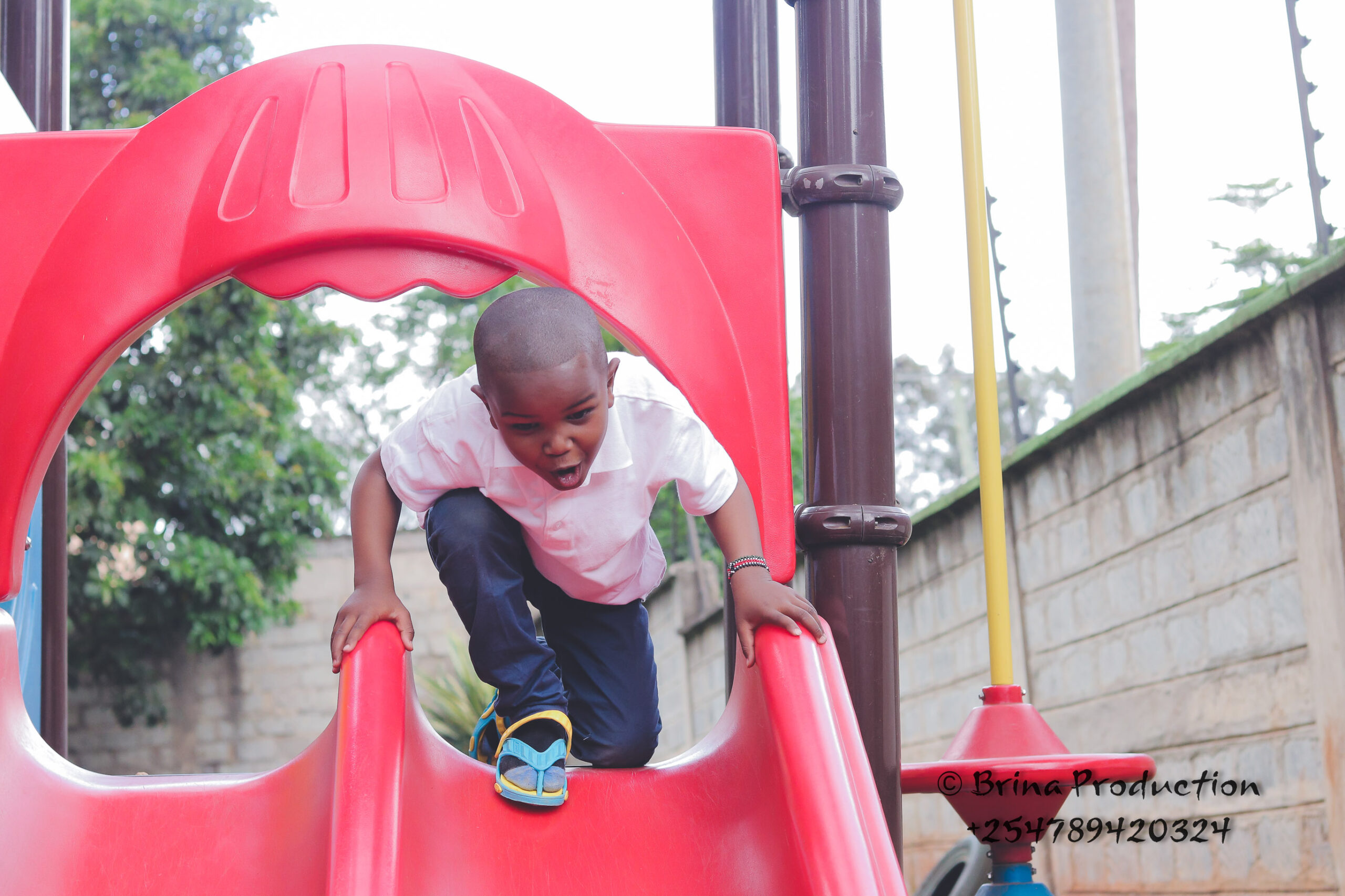Sensory Integration

Sensory Integration
Sensory integration therapy aims to help kids with sensory processing issues (most times referred to as “sensory integration disorder”) by exposing them to sensory stimulation in a structured, repetitive way. The theory behind it is that over time, the brain will adapt and allow kids to process and react to sensations more efficiently
Sensory integration (SI) therapy should be provided by a specially trained occupational therapist (OT).
The OT determines through a thorough evaluation whether your child would benefit from SI therapy.
The OT gradually makes activities more challenging and complex. The idea is that through repetition, your child’s nervous system will respond in a more “organized” way to sensations and movement.
Not all children with learning, developmental or behavioural problems have underlying sensory integration difficulties. There are certain indicators, however, that can signal a parent that such difficulties may be present.
These includes:
- Overly sensitive to touch, movement, sights, smells, tastes and sounds.
- Under-reactive to sensory stimulation
- Activity level that is unusually high/low
- Delays in speech, language, motor skills or academic achievements
- Coordination challenges
- Behavioral challenges- impulsive/distractible, difficulty in adapting to new situations
- Poor self-concept

The Sensory Diet.
The Sensory Diet concept is a widely-practiced intervention developed by occupational therapist Patricia Wilbarger.
It is a collection of daily activities sequenced by the child’s therapist to prevent both hyper- and hypo-arousal in the child’s daily life.
Activities may include sequences of jumping, spinning, and lifting as well as touching fabrics or tasting foods with complex textures.
- The Wilbarger Protocol – Also developed by Patricia Wilbarger, this protocol is designed to help children who are oversensitive to touch. The protocol is customized for each child; an occupational therapist can teach caregivers the techniques to use for their child.
- The foundation of the protocol is the use of small surgical or “sensory” brush along the limbs and back of the child, several times a day.
- The protocol can also include a series of joint compression exercises.
- The Wilbarger Protocol is often a component of a child’s Sensory Diet plan.
- Remedial intervention involving the use of sensory and motor activities and equipment (e.g., swinging, massage)
- Sensory diet programs involving a daily menu plan which includes individualized, supportive sensory strategies (e.g., quiet space, aromatherapy, weighted blanket), physical activities, and tangible items (e.g., stress balls or other items for distraction)
- Environmental modifications to decrease sensory stimulation such white noise machines, art work, and other types of decor/furnishings
- Education for involved individuals, including family members, caregivers, and administrators, about the influence of sensory functions on performance and ways to minimize their negative impact on function

What to expect from the Sensory integration therapy?
When the sensory integration therapy is successful, the child is able to automatically process complex sensory information in a more effective manner than previously.
The child who previously exhibited the problem of over or under-responsiveness to sensory stimulation may improve after sensory integration therapy.
The child may show better emotional adjustment, and improved personal-social skills. Some may show improvement in language or daily routine tasks.
Nowadays, sensory integration is also provided in the school set up to improve social behavior, academic problems, self-discipline, and gross motor skills and fine motor skills.
Why Occupational Therapists Work with Autistic Children
Occupational therapists often work with children who have physical challenges resulting from disorders such as cerebral palsy or traumatic brain injury.
Children with autism may not have major physical disabilities, but many are struggling with specific challenges including:
- Low motor tone (weak muscles)
- Sensory dysfunction (too much or too little response to touch, sound, light, smell, or taste)
- Difficulty with motor planning (lack of coordination)
- Lack of imitative skills that help typically developing children learn play skills and skills of daily living
- Lack of social skills that help typically developing children learn how to engage in physical activities in a group setting
Sensory Integration is important for these everyday functions:
- Academic skills
- Hand Preference
- Attention
- Healthy relationships with others
- Auditory discrimination
- Balance
- Muscle tone
- Bilateral coordination
- Postural stability
- Body awareness
- Praxis, including motor planning
- Visual discrimination
- Body position
- Emotional security
- Self-esteem
- Eye-hand coordination
- Self-regulation
- Fine motor skills
- Social skills
- Speech and language skills
- Force, or grading of movement
- Tactile discrimination
- Gravitational security
- Gross motor skills
Difficulty in these areas may be caused by Sensory Processing Disorder.
The sensory processing disorder is further divided into –
- Sensory Modulation Dysfunction (over-responsive or under-responsive to the stimuli).
- Sensory Discrimination Dysfunction (difficulty in differentiating between 2 or more stimuli).
- Postural Disorder (problem with movement pattern)
